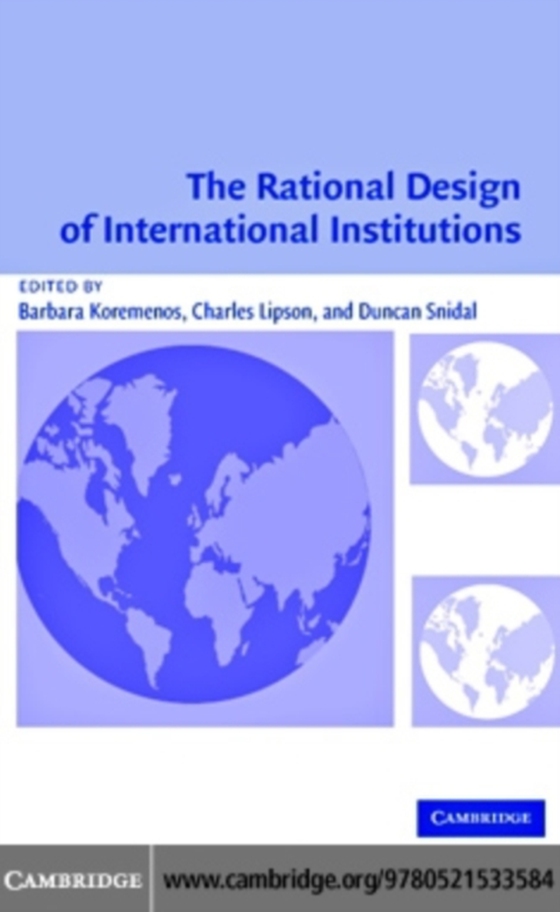
Rational Design of International Institutions e-bog
504,55 DKK
(ekskl. moms 403,64 DKK)
International institutions vary widely in terms of key institutional features such as membership, scope, and flexibility. In this 2004 book, Barbara Koremenos, Charles Lipson, and Duncan Snidal argue that this is so because international actors are goal-seeking agents who make specific institutional design choices to solve the particular cooperation problems they face in different issue-areas. ...
E-bog
504,55 DKK
Forlag
Cambridge University Press
Udgivet
30 april 2006
Genrer
Political structure and processes
Sprog
English
Format
pdf
Beskyttelse
LCP
ISBN
9780511162626
International institutions vary widely in terms of key institutional features such as membership, scope, and flexibility. In this 2004 book, Barbara Koremenos, Charles Lipson, and Duncan Snidal argue that this is so because international actors are goal-seeking agents who make specific institutional design choices to solve the particular cooperation problems they face in different issue-areas. Using a Rational Design approach, they explore five features of institutions - membership, scope, centralization, control, and flexibility - and explain their variation in terms of four independent variables that characterize different cooperation problems: distribution, number of actors, enforcement, and uncertainty. The contributors to the volume then evaluate a set of conjectures in specific issue areas ranging from security organizations to trade structures to rules of war to international aviation. Alexander Wendt appraises the entire Rational Design model of evaluating international organizations and the authors respond in a conclusion that sets forth both the advantages and disadvantages of such an approach.
 Dansk
Dansk

